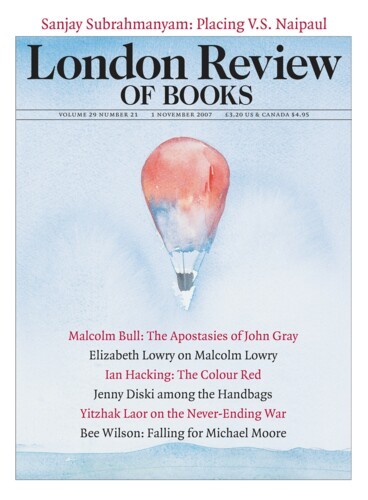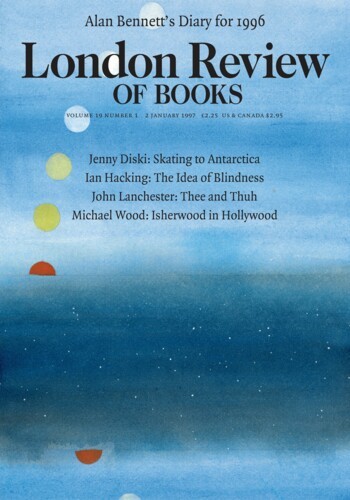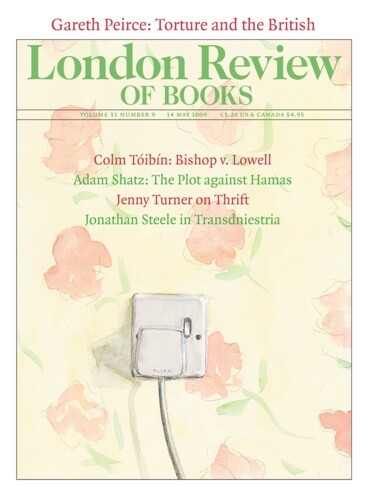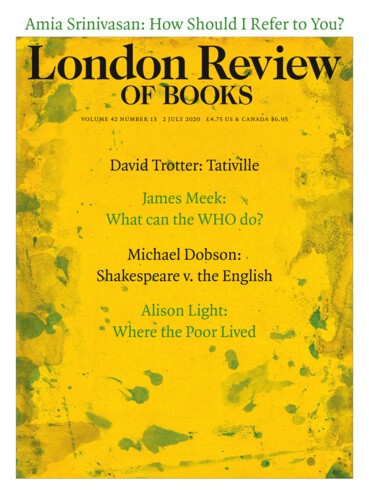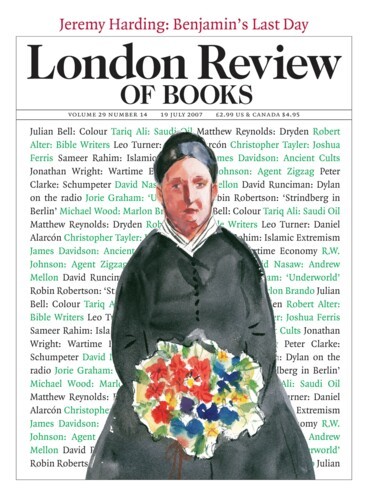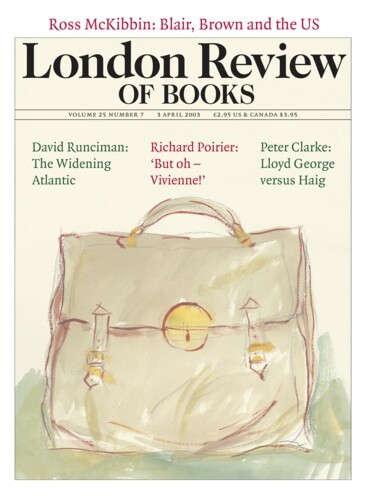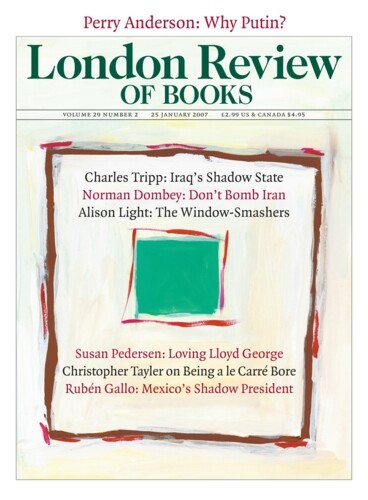How Shall We Repaint the Kitchen? The Colour Red
Ian Hacking, 1 November 2007
Following the philosophers, Darwin had expected that colours would be cardinal among our concepts, and easy to learn by abstraction. They are not, at first. Nevertheless, life without our concept of colour seems unthinkable for us. That, the critics say, is an effect of our history, not of our genes.
